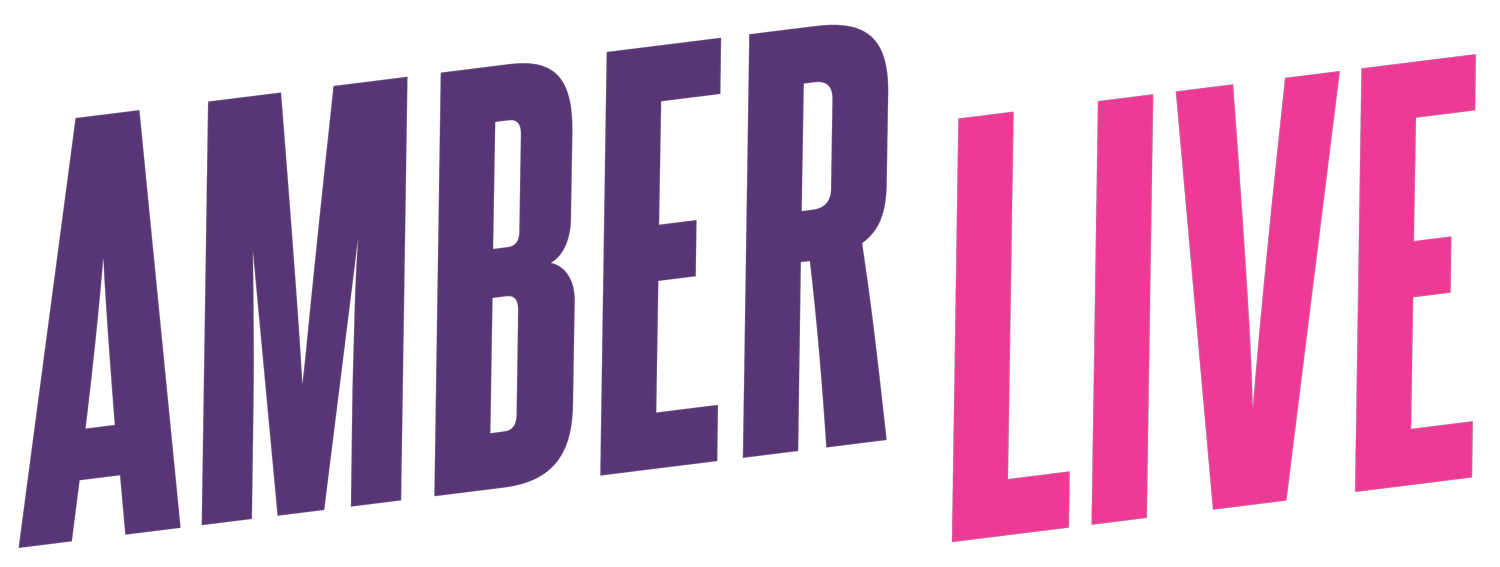Can a Woman Be a Drag Queen?
Table of Contents
History of Drag
Women as Drag Queens
Can an AFAB person be a drag queen?
Challenging Gender Norms
History of Drag
Drag has long been associated with gay male culture, but women have also participated in drag entertainment historically. Drag likely originated in the theater, with men portraying female roles as early as Shakespearean times. In the 19th and 20th centuries, drag became connected to LGBTQ+ culture, with gay men dressing in exaggerated feminine attire as part of burlesque and vaudeville shows. However, women dressing in male attire for entertainment also occurred during this time.
Women as Drag Queens
While less common than male drag queens, women dressing in exaggerated costumes and personas for entertainment can also be considered drag queens or even drag kings depending on the gender of the outfit they choose. Some well-known examples include Madge of Madge and Bisket, who rose to fame on TikTok.
Jackie Hubba is the founder of Drag Out the Vote and she created a drag character for herself. These women challenged gender stereotypes and notions that drag is only for men.
Can an AFAB person be a drag queen?
AFAB stands for assigned female at birth. An AFAB person is someone who was identified as female when they were born, based on their anatomy. Yes, an AFAB person can absolutely be a drag queen. While drag queens have traditionally been associated with gay men or AMAB (assigned male at birth) individuals, there are also successful drag queens who are AFAB. Their gender identity or anatomy does not preclude them from performing as drag queens. What matters is their creativity, performance skills, and ability to entertain audiences while in drag. There are well-known drag queens who are open about being AFAB. Overall, drag is an art form that can be performed by any gender. One's assigned gender at birth does not dictate who can do drag or become a talented drag queen.
Challenging Gender Norms
Female drag queens can be seen as expanding the definition of drag and challenging traditional gender roles. Drag often playfully satirizes gender identity, and women dressing as men highlights that gender expression exists on a spectrum. Female drag queens demonstrate that women can not only impersonate men, but also embrace exaggerated femininity as a performance. Their participation shows that drag is not solely tied to sexuality or biological sex. Instead, attitude and self expression are more important parts of the drag experience.
While less prominent than male drag culture, women dressing in male drag have been part of drag entertainment historically and continue to participate today. Female drag queens demonstrate creativity in performance art while subverting gender assumptions. Their presence shows that drag is ultimately an expression of fluidity across gender boundaries. Women can indeed be drag queens.
—This article was written, restructured, or adapted by Russell with information gathered from sources around the internet. Russell is the producer of Amber Live and is greatly overworked to pull it all together. If it’s on the internet, it must be true. (We’re kidding.) BUT, if you find any errors or omissions in the article, please let us know so that we may correct the issue. Thanks for your support!

